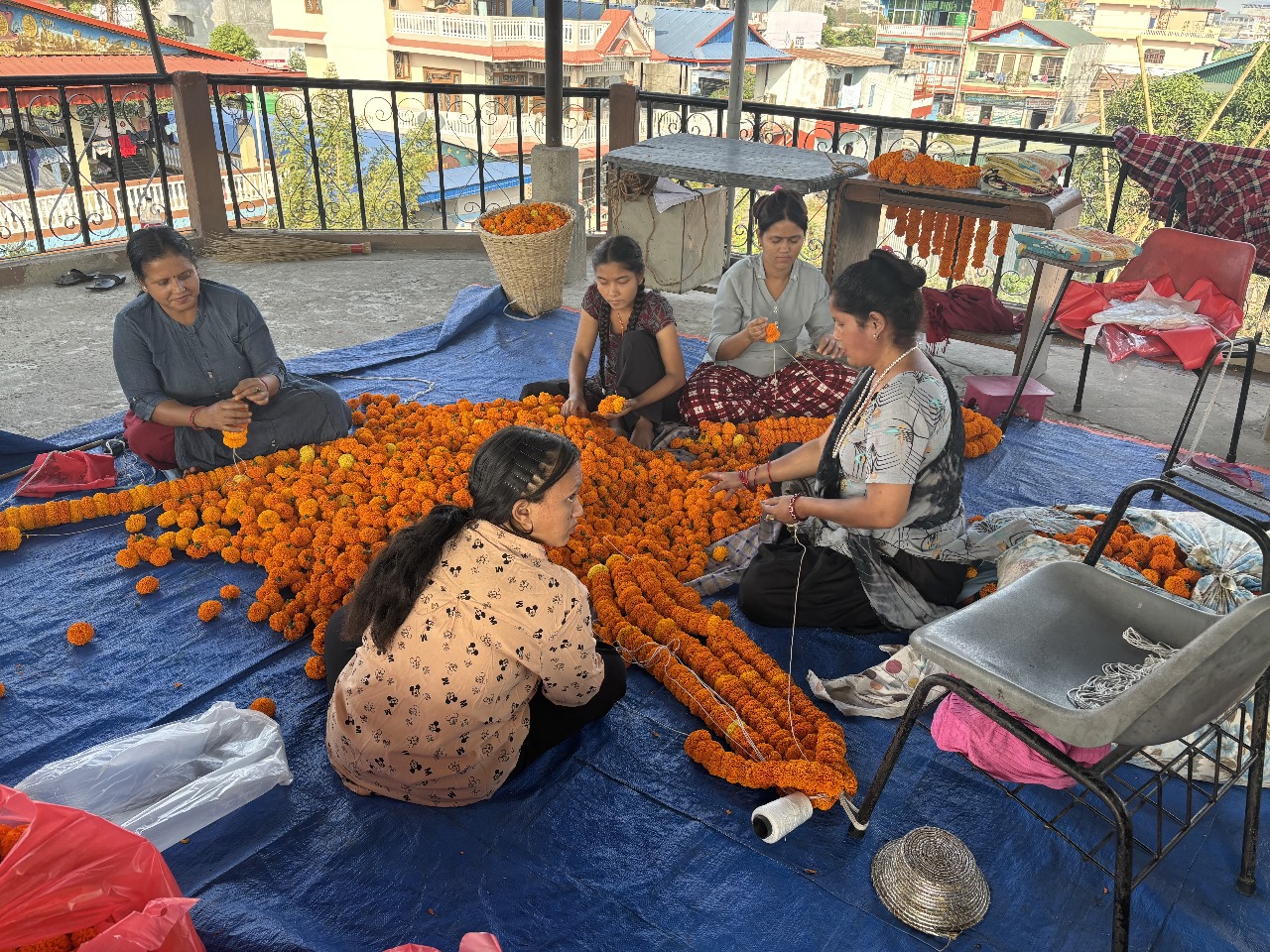Jun 12, 2024

Nepal, ranked 138th in the Human Development Index with a GDP per capita of US$252, faces significant challenges in food security and poverty alleviation. Approximately 31% of the population lives below the poverty line, with the rural areas disproportionately affected. Agriculture, contributing 38% to the GDP, engages over 65% of the population, yet productivity remains low.
In 2004/05, the country experienced a national food deficit of 162,843 metric tonnes, with only 2% of the cereal seed requirement met domestically. Presently, 40 out of 75 districts, primarily in mountainous and hilly regions, face food deficits, exacerbated by a 14% inflation rate, particularly in consumer items like food grains.
Agricultural productivity has declined over the years, attributed to various factors including soil degradation, inadequate irrigation, climate change, and limited access to inputs, particularly among marginalized groups such as landless, women-headed households, and vulnerable populations. Despite some growth in the agricultural sector, productivity remains low, heavily reliant on monsoon rains.
The hunger crisis persists, exacerbated by the decade-long conflict, which disrupted food production, distribution systems, and livelihoods. The situation is compounded by rising food costs and scarcity, threatening the well-being of many communities and exacerbating poverty and food insecurity.
Efforts to address food security issues have been insufficient, with minimal government interventions and inadequate responses to tackle the root causes. There's a need to prioritize high-value cash crops and vocational training to enhance productivity and market linkage activities to ensure food availability during scarcity periods. Additionally, addressing food security from a health perspective is crucial, especially for vulnerable groups like pregnant women, young mothers, and individuals living with HIV/AIDS.



